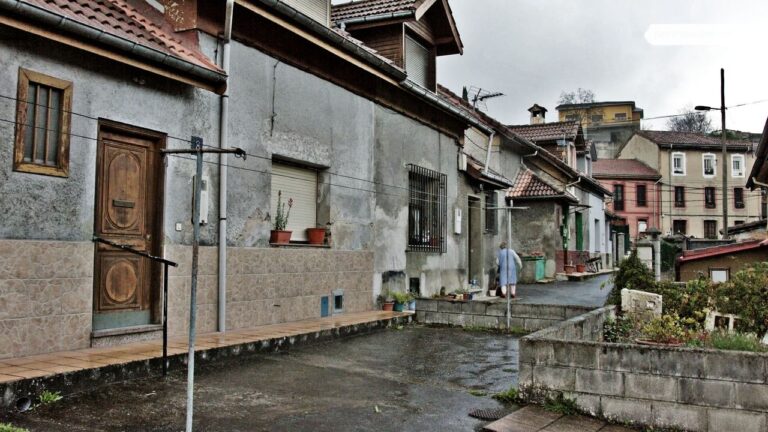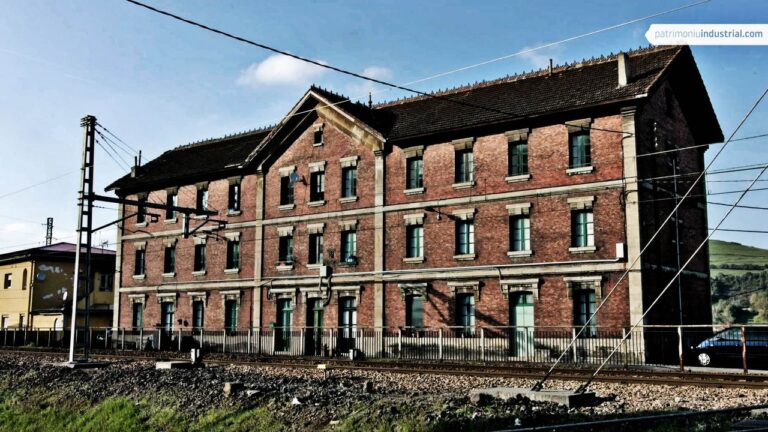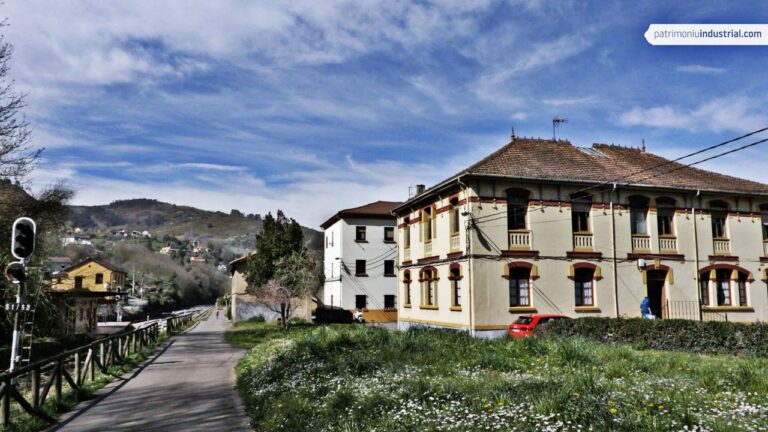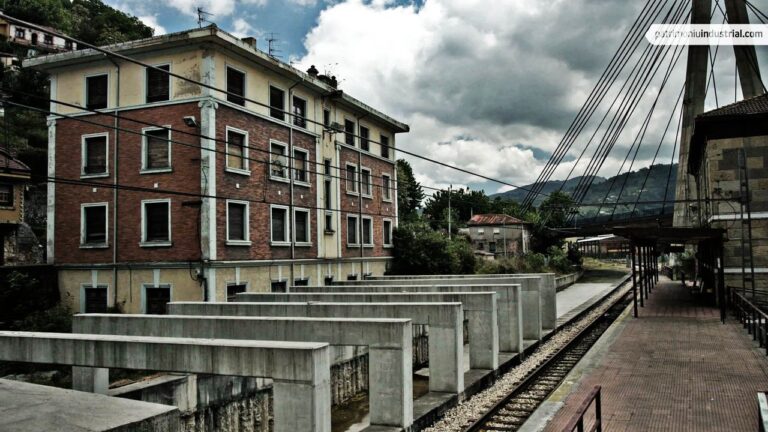
by Mónica García Cuetos
Ph.D. in Art History (University of Oviedo). Her research focuses on cultural heritage – industrial, public-funded, and engineering-based heritage in particular.
A new working class group appeared in Asturias as railways were built – railway workers, with their many different tasks and specializations.
Due to national laws and regulations, railway companies were forced to carry out certain employee housing policies which varied according to the different professional ranks of the workers. Design and space allocation according to rank in the company hierarchy is a feature they shared with workers’ homes in other industries. Thus, each professional category had a type of dwelling in agreement with the company’s perception of its role.
Railway construction required building some employee housing as well. Hundreds of workers built the Pajares railway, and they were housed either in precarious wooden barracks – cluttered and uncomfortable – or in villages built by the work site, such as in Fierros and Campomanes.
Station buildings used to feature sections allocated for staff housing, as exemplified by La Cobertoria station in Lena, built during the Pajares railway powerline construction. The same happened in the mechanic shop and depot building in Ujo, which included a residential section.
Langreo Railway also built many employee homes along its railway lines, both at the stations and in nearby buildings, such as those by the stations of El Berrón in Siero and Sama in Langreo.
Post-war neighbourhoods had certain sections for railway company employees, as Fontoria in Laviana and La Joécara in Langreo. The sixteen-home complex at Tremañes in Gijón – a collaboration of Langreo Railway and the Francisco Franco Work Foundation – is an instance of mixed public and private investment.
A large number of homes built by the main railway companies – such as Compañía del Norte (Northern Company) and Ferrocarriles Económicos de Asturias (Economy Railway Company of Asturias) – are still preserved in railway junctions, for instance Soto del Rey and Villabona, and in cities such as Oviedo and Gijón, where the size of cargo and passengers required a large staff.
AA.VV. Asturias y el ferrocarril, Museo del Ferrocarril de Asturias, 1999.
FELGUEROSO DURÁN, A.R., Viviendas del Ferrocarril de Langreo, Ayuntamiento de Langreo, 2007.
FLORES SUÁREZ, J.M., La Compañía del Ferrocarril de Langreo en Asturias. Estaciones e infraestructura (1846-1972), Ediciones Trea, 2004.
BAS ORDOÑEZ, G. (2018). “El ferrocarril de Pajares, un repaso a su historia y patrimonio” en Vindonnus. Revista de patrimonio cultural de Lena, 2018.
BAS ORDOÑEZ, G., “El enclave ferroviario de La Cobertoria”, en Vindonnus. Revista de patrimonio cultural de Lena, 2017.






Recent Comments